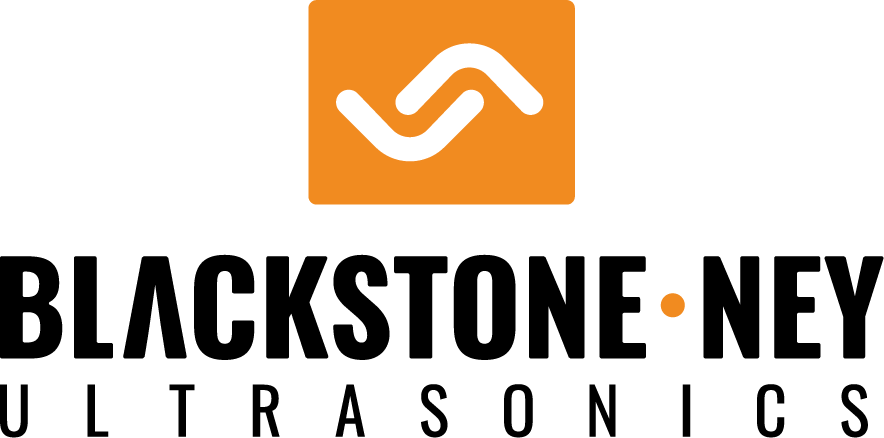When I first started working with ultrasonic cleaning back in the early 1960’s “ultrasonic” meant 20kHz. That’s all there was! Some very early sonic cleaning equipment used by one of the major automotive manufacturers in the prior decade had operated at 10kHz using a motor/generator to develop the driving signal for some very crude transducers … Continued
There are four basic variables that, combined, establish the success or failure of any industrial cleaning process. The variables are Time, Temperature, Chemistry and Agitation. Although there may be additional variables – things like fixture design and variations in the process prior to cleaning – which can have major impact and, in fact, make or … Continued
The most challenging applications for filtration often involve either very small particles or huge volumes of particles – sometimes both. The filtration of buffing and lapping compound residues from solution is a good example of such an application. There are a number of “specialty” filters available which may answer the needs of the more challenging applications. … Continued
In this series on filtration I have not mentioned much about filter ratings other than to say that most filters are rated based on the minimum size of particles they will capture. It is important to know that a filter rated at 5 microns, for example, may not prevent the passage of all particles with a … Continued
Having a definition of a “clean” part and a means to quickly and effectively determine if the the criteria for cleanliness has been met is very critical to the success of any cleaning process. The problem, however, is that there are so many ways to define and detect cleanliness that the task can be a … Continued
In most manufacturing processes where metal is formed or cut, oil is used in one form or another as a lubricant. Oil and other lubricants, in order to do their job, are formulated to have very low surface tension, and, because of their low surface tension, are difficult and often impossible to control or confine. Oil spreads … Continued
I will get to the “high power” stuff in upcoming blogs but thought it would be a good idea to introduce a few more tests that are simple and require little or no specialized paraphernalia. Simple is good in my opinion especially when you are troubleshooting in a remote location or when you are working … Continued
So far in this series we have concentrated primarily on the detection of oil and other hydrophobic films on surfaces. However, not all contaminating films are oil and all are not hydrophobic. What about contaminants that are not hydrophobic and may even by hydrophilic (residual soaps and surfactants, for example) as well as things like oxides? These are just … Continued
The evaluation of cleanliness is often based on a quantification of the particles left on a surface following the conventional or production cleaning process. The first step in evaluating a part for cleanliness with regard to particles is to harvest those particles that remain after cleaning. Once harvested, the particles can be counted, weighed, microscopically … Continued
Those of us who have played the particle counting game know that there are some tough calls when it comes to harvesting particles as part of the cleanliness testing procedure. In some cases, adhering strictly to the specification would result in the rejection of every part tested. Although I do not believe that rules are … Continued
